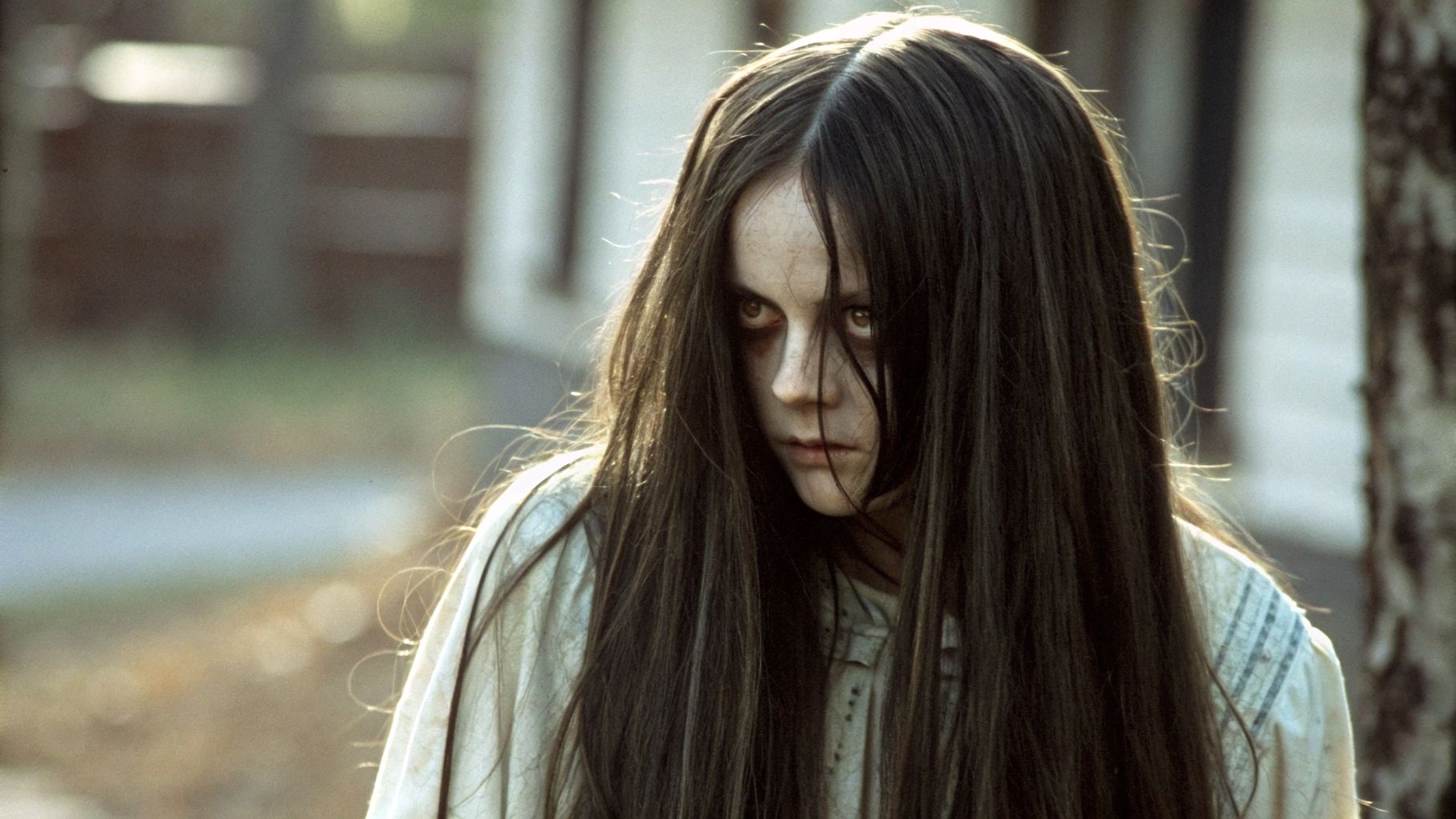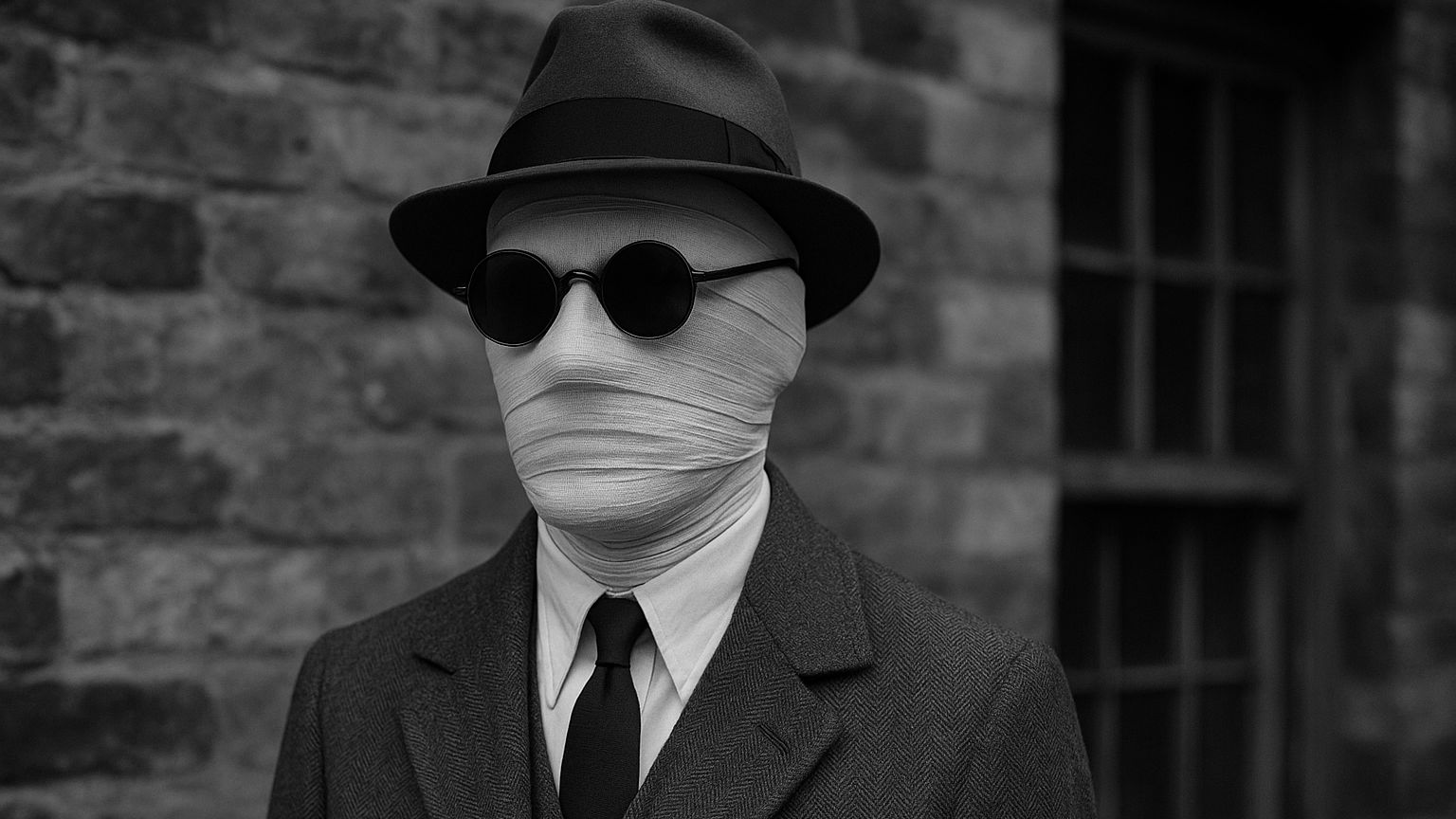The Girl from the Well Who Crawled into Our Souls
It starts with a cursed videotape. You watch it, your phone rings, and a whispering voice promises: “Seven days.” It’s simple. It’s chilling. And it introduced one of the most unforgettable faces in modern horror—Samara Morgan. When The Ring debuted in 2002, audiences were blindsided by how deeply it got under their skin. This wasn’t just another ghost. Samara was something else entirely. Something ancient. Something modern. Something we couldn’t quite explain. And over two decades later, we’re still flinching at static on a TV screen and avoiding mysterious wells like our lives depend on it.
Samara isn’t your typical horror villain. She’s not a knife-wielding maniac or a masked stalker. She’s quiet. Unblinking. Drenched in water and shadows. Her power isn’t just in her abilities—it’s in her presence. And the reason she still haunts us is because she changed the rules. With Samara, fear doesn’t come charging in—it seeps, drips, and flickers into your life, until it’s too late.
From Sadako to Samara: A Curse Reimagined
Before Samara, there was Sadako Yamamura, the terrifying spirit at the heart of the Japanese horror phenomenon Ringu (1998). The original film, based on Koji Suzuki’s novel, redefined supernatural horror in Japan and beyond. But when The Ring was remade for American audiences, it wasn’t just a carbon copy—it was a reinvention. Gore Verbinski’s The Ring kept the eerie premise but gave it a glossy, dreamlike quality and introduced Samara, a character who was more than just a shadowy threat—she was a mystery waiting to be unraveled.
Samara Morgan was still clearly inspired by her Japanese counterpart: long black hair, white dress, silent rage. But there was a Westernized twist. Her story was rooted in psychological trauma, scientific experiments, and the breakdown of the nuclear family. She wasn’t just a ghost—she was a tragedy. And that complexity made her unforgettable. She wasn’t born evil. She was made.
The Power of the Tape
In a genre filled with ancient tomes and cursed artifacts, The Ring gave us something horrifyingly familiar: a VHS tape. The idea that a ghost could be encoded onto magnetic tape—passed from one person to another like a viral infection—was genius. It brought horror into the living room; into the space we considered safe. And the tape itself? A masterpiece of surreal, abstract terror. A series of grainy, nonsensical images—a woman brushing her hair, a finger pointing skyward, writhing worms—that made no logical sense but were impossible to forget.
Samara’s curse wasn’t about gore or jump scares. It was about dread. Watching the tape meant entering a ticking time bomb of paranoia. You could destroy the tape, you could move away, but none of it mattered. She was coming. You saw the footage, and now the countdown had begun.
The tape became iconic because it reflected our own media consumption habits. The idea that watching something could literally kill you felt both absurd and eerily plausible. In a world growing increasingly digital, The Ring warned us: maybe some things shouldn’t be played.
Static, Silence, and the Horror of Anticipation
Samara’s most terrifying weapon wasn’t her scream—it was her silence. She didn’t need to make a sound. She let the silence do all the talking. In that climactic moment when she emerges from the television, dripping wet and dragging her twisted limbs across the floor, there’s no dramatic music cue. No theatrical scream. Just the crackle of static. And in that stillness, the audience holds its breath.
What makes Samara so terrifying is the buildup. The sense that something is wrong, long before it actually happens. Every scene is soaked in muted colors and gloom. Even the daylight feels heavy. And when she does appear, it’s almost dreamlike—a slow, surreal nightmare that feels both distant and horribly intimate.
That famous TV scene? It’s still one of the most effective scares in horror history. Samara doesn’t run. She doesn’t yell. She moves with slow certainty, climbing out of the television set and into our reality. That moment broke a wall—literally and figuratively. She didn’t just haunt characters on screen—she haunted us.
She’s Not Just a Ghost—She’s an Idea
Samara’s power goes beyond the supernatural. She’s not content with lingering in the shadows. She spreads. Like a virus. Like a rumor. Like trauma. Her curse can be copied and passed on. The only way to survive is to show it to someone else. And that’s where the horror truly lies—not just in the fear of death, but in the moral compromise of saving yourself at someone else’s expense.
This mechanic flipped the genre on its head. It wasn’t about defeating the monster—it was about outsmarting it. And yet, no matter how clever you are, no matter how quickly you pass the tape, the weight of the curse remains. It’s guilt. It’s fear. It’s a ghost that never stops whispering.
Samara became more than a horror villain—she became a metaphor. For unresolved trauma. For viral media. For how pain echoes through time. Her presence made The Ring feel like more than a scary movie. It felt like a curse in itself. Once you saw it, you couldn’t forget it.
The Aesthetic of Fear
Visually, Samara is instantly recognizable: drenched hair over her face, white dress clinging to her soaked body, a limpness in her limbs that suggests something very wrong. She’s not overly designed—there’s no blood-covered axe, no stitched-together mask. She’s minimalist horror. And that makes her more terrifying. She’s real in the way nightmares are real—distorted, quiet, unforgettable.
The entire aesthetic of The Ring is tailored to amplify this fear. Everything is cold, gray, damp. From the rainy landscapes of the Pacific Northwest to the eerie farmhouse where Samara was kept, every location feels cursed. It’s horror that seeps into the skin. It’s not loud. It whispers. And it lingers.
Even the sound design is subtle genius. The distortion of the tape. The white noise. The buzzing of televisions. These aren’t traditional scare tactics—they’re psychological landmines. The film doesn’t jump out at you. It creeps up slowly and stays long after the credits roll.
The Tragedy Behind the Terror
One of the reasons Samara still haunts us is because she isn’t just a monster—she’s a victim. Her story, revealed in fragments, is one of neglect, confusion, and cruelty. Adopted by a couple who didn’t understand her, kept isolated in a barn, and eventually murdered by the person who was supposed to protect her, Samara’s descent into vengeance feels less like a villain’s origin and more like a ghost’s lament.
We learn that she never slept. That her thoughts projected into others’ minds. That she couldn’t control what was happening to her. These aren’t the traits of a traditional antagonist—they’re cries for help. And yet, by the time she turns fully vengeful, she’s no longer a child. She’s something else. Something ancient. Something infected by rage.
This duality—of innocence and monstrosity—is what gives Samara her staying power. She taps into a very human fear: that the things we suppress, the traumas we bury, will one day crawl back into the light, dripping with vengeance.
The Ring’s Legacy in Modern Horror
When The Ring hit theaters in 2002, it ignited a wave of American remakes of Japanese horror. The Grudge, Dark Water, Pulse—all tried to capture the ethereal, dread-soaked magic of The Ring, and some came close. But none quite matched the balance of mystery, atmosphere, and psychological horror that Samara brought with her dripping footprints.
Samara also paved the way for a new kind of horror villain. She wasn’t loud or slashing through teens. She didn’t have a catchphrase. She was atmospheric horror personified. You feared her presence more than her attacks. You feared the idea of her.
And in a world increasingly addicted to viral media, her curse felt prophetic. Years before social media became a super-spreader of horror lore and creepypastas, Samara’s tape was already warning us: some content should stay buried.
Rings, Remakes, and Return Visits
Samara returned in The Ring Two (2005) and Rings (2017), and while neither sequel captured the lightning of the original, they expanded her lore and reintroduced her to new audiences. We saw more of her past. More of her lingering presence. And we were reminded that even when you think she’s gone—she’s not.
Though these later films leaned more into jump scares and spectacle, Samara’s essence still managed to creep through. That unsettling stillness. That relentless stare. That feeling that she could emerge at any moment, long after the screen has gone black.
And that’s the thing about Samara. She doesn’t just haunt the screen. She haunts the space around it.
Seven Days Later, Still Scared
So why does Samara still haunt us, even decades later? Maybe it’s because she doesn’t follow the rules. She doesn’t need to chase you—she lets you come to her. Maybe it’s because her story is one of pain that festers, a ghost born not just of death but of misunderstanding. Or maybe it’s because she represents a new kind of fear—one that lives in screens, in tapes, in the flicker between frames.
Samara didn’t just crawl out of the well. She crawled into our nightmares and stayed there. And unlike most horror villains, she doesn’t need to say a word. She just waits. Watches. And when the time is right, she calls.
Just hope you don’t pick up.




